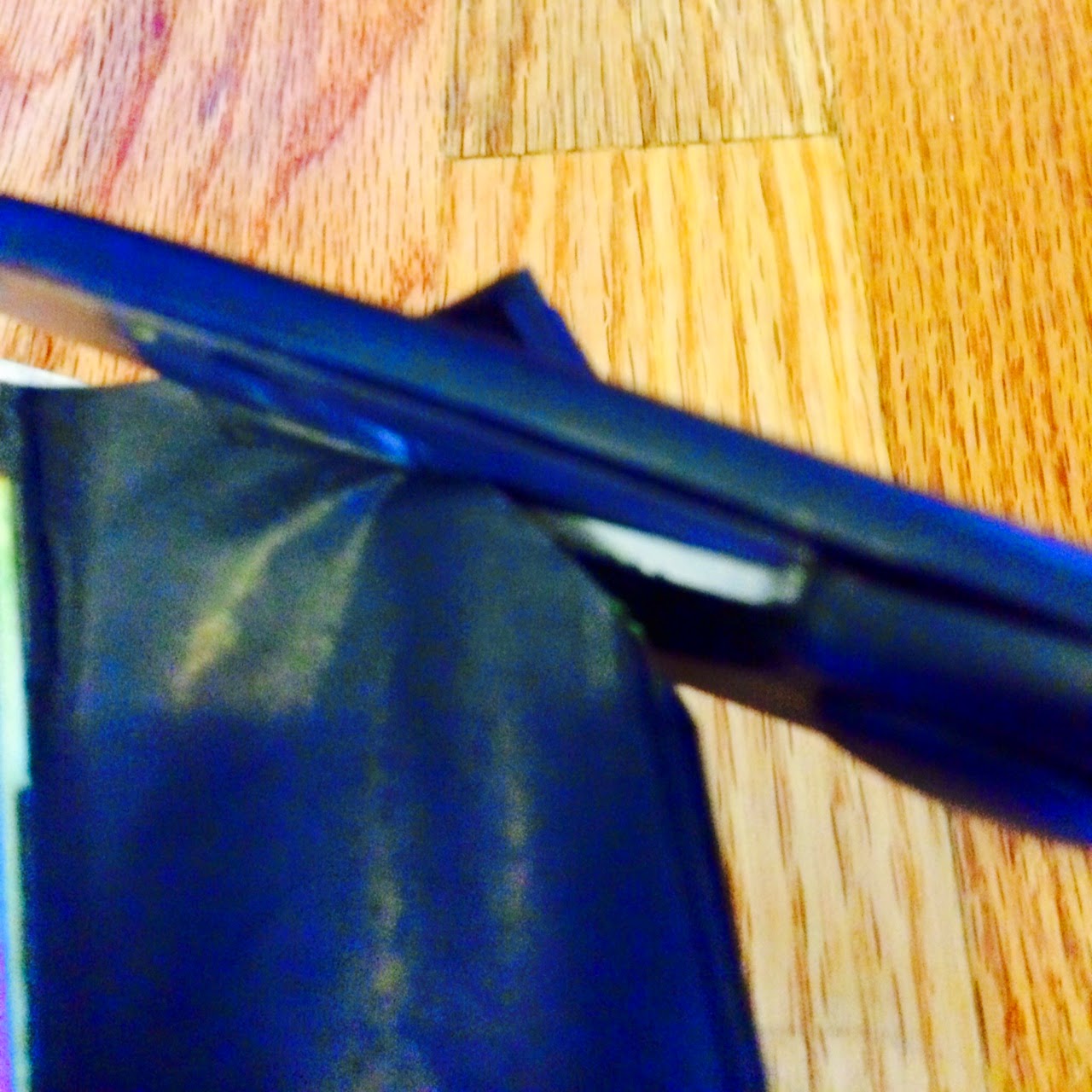Have you gotten classroom envy from some of these Pinteresting teachers and their elaborately decorated classrooms, too? These quick tissue paper crafts will spruce up your room. They're super easy, too! In fact, I had my coworker's first and third grade boys help me. She's REALLY thankful I taught them, too, because now she has some new decor in her house ;).
She also gets to enjoy a little reminder of me ;) haha.
So funny! Anyway, here's how to make these lovely little guys!
Here's what you need:
- 4 pieces of tissue paper
- scissors
- glue gun
- glue stick or Elmer's glue
- string/ribbon
- 1 pipe cleaner (cut in half) or 2 pipe cleaners
Step 1: Get two pieces of tissue paper and line them up.
Step 2: Fold the tissue paper like an accordion or fan (about 1 inch thick).
Step 3: Repeat steps 1 and 2 to create a second tissue paper "fan."
Step 4: Fold each fan in the middle and wrap a pipe cleaner around it.
Step 5: Put the middle parts together, and tie a long piece of string or ribbon around. This is the ribbon that the pinwheel will be hanging from.
Step 6: TRIM so they're all the same length, then GLUE the sides together.
Step 7: Spread out to create a circle.
Step 8: Glue ribbon in place.
Step 9: Hot glue sign in the middle.
TA DA....Tissue Paper Pinwheels!
The puffy ball shaped ones (which my coworker's children called, "Cha-Cha Balls," are just as easy!
Here's what you need:
- 7+ pieces of tissue paper (I usually use 8-10 with bigger puffs to make it more full)
- scissors
- string/ribbon
- 1 pipe cleaner
Follow steps 1-4, but instead of creating two fans, you are creating ONE fan with 7+ pieces.
Steps 1-4: See above.
Step 5: Cut round edges on both ends of the fans.
Step 6: Pull individual pieces of the tissue paper toward the center, but BE CAREFUL! It rips easily! Alternate sides as well.
Side 1
Flip -- Side 2
Step 7: FLUFF, and make it full!!


















































